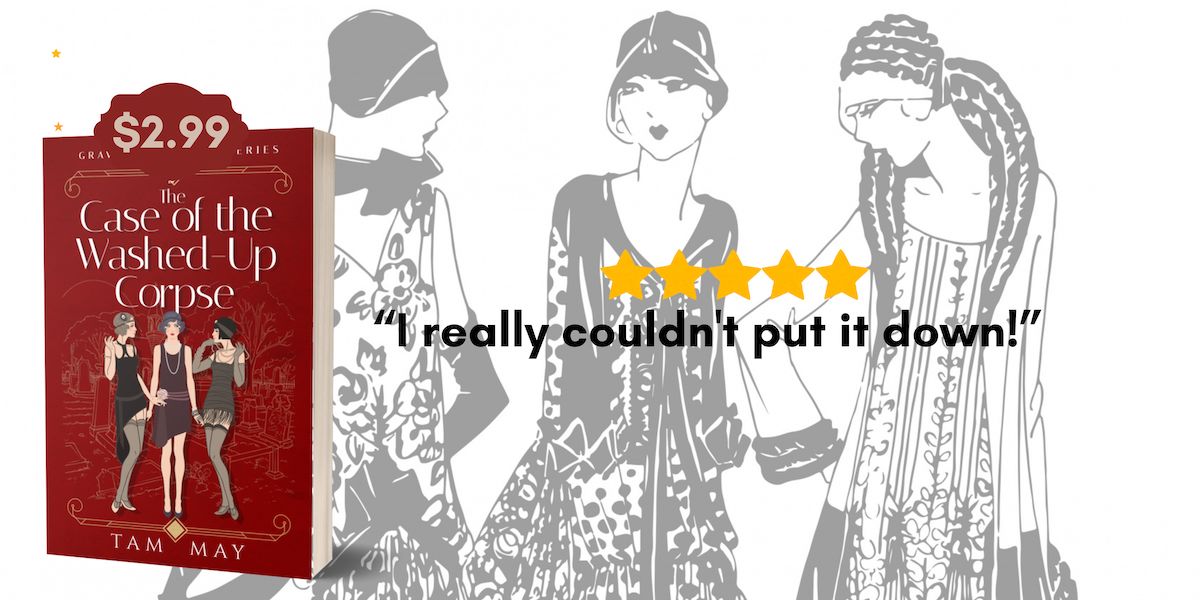Greetings, blog post readers! It’s been a while since I posted any historical tidbits on this blog. I’ve missed blogging, so you’ll probably be seeing some posts here and there as of next year.
We’re in the holiday season now, so it’s natural to think about all the things that bring us joy during this time of year. Songs have always been a part of the holiday. In fact, singing carols at Christmas has been a tradition since the 14th century, when Christianity began to spread all throughout Europe.

Photo Credit: The Christmas Carol, 1888, Hatch Lith Co., Library of Congress: Rawpixel/Public Domain
Interestingly, using the word “carol” to refer to Christmas songs gives us a little insight into what these songs meant in the past. A “carol” is a song of joy, but in the beginning, it wasn’t just about singing. It was also about dancing. Some of the earliest caroling was done by Franciscan friars. Their caroling, however, didn’t quite look like the caroling we know and love today. Their caroling resembled more the pagan rituals of the “mummers”, or performers who dressed up and wore masks and sang, danced, and performed for people during the holiday season. For a more modern rendition of this ritual, you can check out this video of Irish singer Loreena McKennitt’s 1997 song “The Mummer’s Dance”.
What are these Christmas carols? They’re the songs we think of when we think of the holiday season and the ones we hear everywhere. While many of the Christmas carols we know and love, such as “O Come All Ye Faithful,” were written in the 16th and 17th centuries in Europe or England, there were some carols written later by Americans. For example, there’s “Away In a Manger,” which appeared anonymously in several American magazines in the 1880s.
Before the 19th century, most caroling was done in local churches. But when the printing press became more advanced and cost-effective, booklets of carols began to circulate and afforded many people the opportunity to get to know these songs and sing them in their communities during the holiday season. In the early 19th century, caroling became a thing in many big cities. Caroling events were organized to raise money for charities during the holiday season. However, the popularity of singing Christmas carols in public began to decline in the 20th century, though there was a brief revival of the practice mid-century from schools and community groups.
Today, we rarely see door-to-door caroling except in small towns, and even then, usually confined to families or certain groups. The COVID pandemic, however, saw the birth of virtual caroling, where people would get together online to sing Christmas carols together.
I’ll be coming out with a short story soon that is part of the Adele Gossling Mysteries called “Christmas Coins and Holly,” where caroling has a place with the guests of Lady Augusta’s Christmas celebration. But crime doesn’t take a holiday, so there’s something else going on among the holly to put an interesting twist on the Gosslings’ holiday cheer!
There’s only one place you can get this story for free, and that’s if you’re a subscriber to my newsletter. I occasionally give my subscribers little gifts like that, so if you want to get in on the fun (plus get a free book in the process), you’ll want to sign up here.





